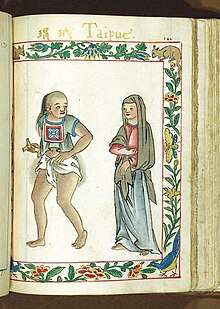Caboloan Luyag na Kaboloan | |||||||||
|---|---|---|---|---|---|---|---|---|---|
| Before 1225–1576 | |||||||||
| Status | Tributary state to the Ming dynasty | ||||||||
| Capital | Binalatongan (present-day San Carlos) | ||||||||
| Common languages | Pangasinan, Old Malay, other Northern Luzon languages | ||||||||
| Religion | Buddhism, Hinduism, Animism and folk religion | ||||||||
| Government | Monarchy | ||||||||
| History | |||||||||
• Established | Before 1225 | ||||||||
• Spanish conquest of Pangasinan | 1576 | ||||||||
| Currency | Silver, barter | ||||||||
| |||||||||
| Today part of | Philippines | ||||||||
| Caboloan | |||||||||||
|---|---|---|---|---|---|---|---|---|---|---|---|
| Traditional Chinese | 馮嘉施蘭 | ||||||||||
| Simplified Chinese | 冯嘉施兰 | ||||||||||
| |||||||||||
| Part of a series on the |
| Pre-colonial history of the Philippines |
|---|
 |
| See also: History of the Philippines |

Caboloan (also spelled Kaboloan; Pangasinan: Luyag na Caboloan),[1] referred to in Chinese records as Feng-chia-hsi-lan (simplified Chinese: 冯嘉施兰; traditional Chinese: 馮嘉施蘭; pinyin: Féngjiāshīlán; Pe̍h-ōe-jī: Pâng-ka-si-lân; "Pangasinan"),[2] was a sovereign pre-colonial Philippine polity (panarian) located in the Agno River basin and delta, with Binalatongan as the capital.[3]
- ^ Flores, Marot Nelmida-. The cattle caravans of ancient Caboloan : interior plains of Pangasinan : connecting history, culture, and commerce by cartwheel. National Historical Institute. Ermita: c2007. http://www.kunstkamera.ru/files/lib/978-5-88431-174-9/978-5-88431-174-9_20.pdf
- ^ Scott, William Henry (1989). "Filipinos in China in 1500" (PDF). China Studies Program. De la Salle University. p. 8.
- ^ "Single Post".
© MMXXIII Rich X Search. We shall prevail. All rights reserved. Rich X Search
